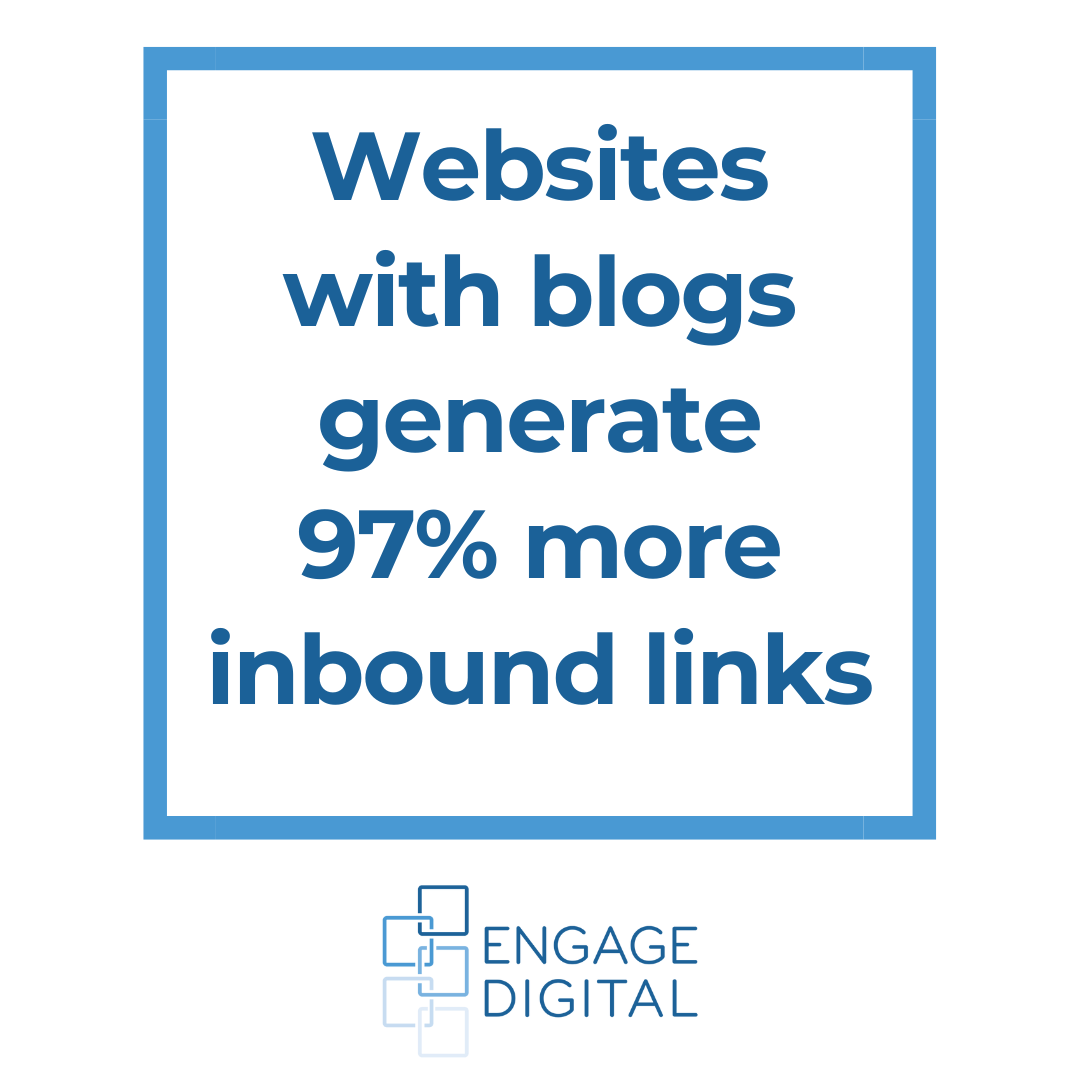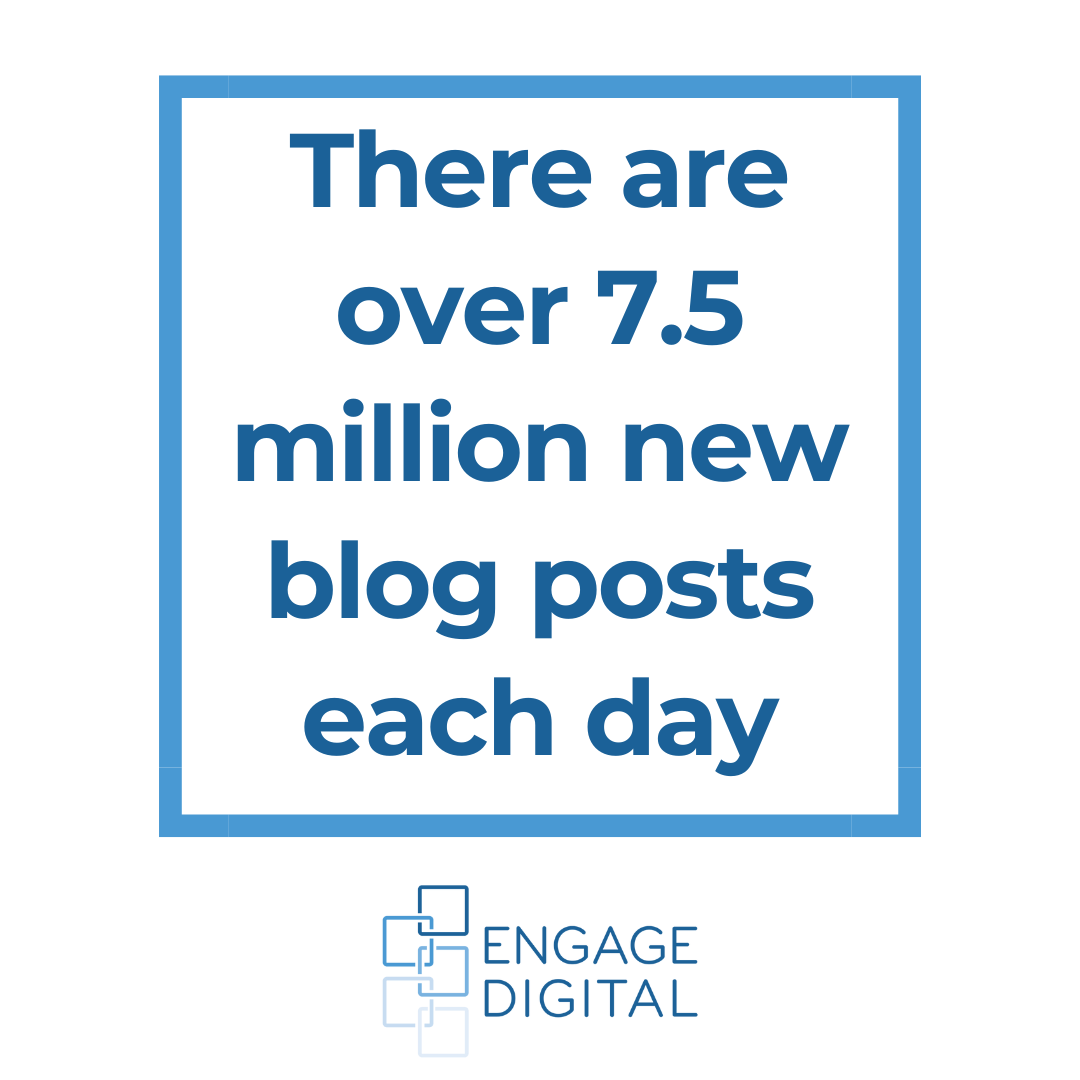Blogs now serve as digital cornerstones, reflecting personal and global narratives alike. Each new platform brings closer connections and broader reach. Through algorithms and engagement, they’ve woven into the fabric of daily life, rich with diversity and insight.
The story of blogging is a chronicle of human innovation and adaptability. Mirroring the transformative phases of the internet itself, it shows our relentless pursuit of more impactful means to share our stories. As technology advances, so do the ways we communicate, yet the essence of blogging—as personal storytelling—remains constant.
With every technological leap, blogs have become more integrated and influential in our lives. They stand as platforms where voices, once quiet or unheard, now resonate on a global scale. This evolution isn’t just about sharing information and building communities around shared experiences and ideas.
The Origins of Blogging
The inception of blogging can be traced back to 1994, a year marked by notable events such as the establishment of NAFTA and Steven Spielberg’s first Oscar win. It was also the year Amazon debuted its online store. The digital realm of blogging embarked on its journey in this pivotal year, laying the groundwork for a new era of personal expression on the internet.
The first blog appeared on links.net, a website showcasing a compilation of HTML examples and various online links. Its creator, Justin Hall, a Swarthmore College student at the time, aimed to craft a personal homepage. His efforts earned him recognition from the New York Times Magazine, which hailed him as the “founding father of personal bloggers.” This accolade underscored the impact of his pioneering work in the blogging world.
The blogging landscape quickly grew as others followed Hall’s footsteps, eagerly sharing their lives and thoughts online. Notable early bloggers included Steve Gibson of Shacknews, Stephen Heaslip of Blue’s News, and Rose Marshack of Poster Children. Jorn Barger, the mind behind Robot Wisdom, coined the term “weblog” to encapsulate the essence of these online journals, defining it as a way to “log the web.”
In a groundbreaking development, Open Diary emerged in 1998, introducing the first community-driven approach to blogging. Created by Claudio Pinhanez, a figure at IBM, this revolutionary platform allowed users to pen short entries and comment on one another’s posts. It set a precedent, leading to the evolution of platforms like Blogger, LiveJournal, and Xanga. This model of interactive blogging underscored the medium’s potential for building online communities, a factor that has significantly contributed to the enduring popularity of blogs. According to Statista, as of [insert date], over 600 million blogs are active worldwide, highlighting the expansive reach of this digital phenomenon.
Blogs in the Early 2000s
The dawn of the 21st century heralded significant developments in the blogging world. Peter Merholz, a web designer associated with well-known internet companies, officially shortened the term’ blog’ from’ weblog.’ This zeitgeist shift was emblematic of blogging’s growing influence and its foundational role in digital culture.
2003 was particularly pivotal, as it saw the launch of both TypePad and WordPress, platforms that would become cornerstones of the blogging community. These tools democratized online publishing, enabling users worldwide to share their narratives and expertise with unprecedented ease and reach.
Live blogging also gained momentum in 2003, sparked by The Guardian’s real-time coverage of the prime minister’s questions. This event marked the beginning of ‘live text’ reporting by major news outlets, blending traditional journalism with the immediacy of blogging. According to a survey from the Pew Research Center, this integration of blogging into mainstream news has significantly contributed to the increasing public engagement with news websites, emphasizing the transformative impact of blogging on media consumption patterns.
The Evolution of Blogging in the Mid 2000s
During the mid-2000s, blogging embraced video, revolutionizing content creation. Steve Garfield’s pioneering video blog in February 2004 initiated this shift. Shortly afterward, YouTube entered the scene, originally a platform for dating videos. By June 2005, YouTube evolved into a general video-sharing site, bolstering the reputation of content creators.
The Huffington Post’s launch in 2005 began to merge news and blogs. It quickly became a premier content aggregator, blending syndicated and original content from both paid and volunteer writers. This move signaled a critical evolution in content distribution.
Additionally, Jonah Peretti, a co-founder of the Huffington Post, created BuzzFeed. Echoing this model, BuzzFeed widened its appeal with an array of quizzes, videos, and news, marking new territories in blogging and journalism.
Finally, the growth of these platforms illustrates digital content’s dynamic evolution. WordPress reports indicate about 70 million new posts and 77 million comments are made monthly, showcasing blogging’s vast reach and impact. This data underscores blogging’s enduring role as a vital communication and information-sharing tool in our digital landscape.
The Rise of Microblogging
Microblogging’s introduction in 2006 marked a pivotal shift with Twitter’s emergence. CEO Jack Dorsey’s inaugural tweet, “just setting up my twitter,” heralded a new phase of succinct and rapid information exchange. This concise method of communication swiftly caught on, favored for its immediacy and directness.
Twitter’s 140-character restriction revolutionized online discourse, demanding messages be brief and impactful. This constraint sparked a wave of creativity among users, fostering innovative language and hashtag usage. As a result, the platform emerged as a key site for breaking news, trending topics, and personal insights, effortlessly blending the public and private realms.
Platforms like Twitter have streamlined global connections, fostering a worldwide community. Such immediacy in communication has facilitated open dialogues among individuals from all walks of life.
In addition, the growth of microblogging has significantly influenced society and culture. It reshapes how we interact and connect, transforming digital platforms into essential arenas for conversation and sharing. As microblogging continues to evolve, its role in influencing public dialogue and personal expression remains undeniable, forging new avenues for global connectivity.
The SEO Benefits of Blogs
 Blogs hold immense SEO value, significantly boosting a website’s visibility and search engine ranking. According to HubSpot, companies with blogs garner 55% more visitors than those without. This statistic underscores the critical role blogging plays in attracting organic traffic and enhancing a website’s discoverability online.
Blogs hold immense SEO value, significantly boosting a website’s visibility and search engine ranking. According to HubSpot, companies with blogs garner 55% more visitors than those without. This statistic underscores the critical role blogging plays in attracting organic traffic and enhancing a website’s discoverability online.
As the Content Marketing Institute reported, websites with blogs generate 97% more inbound links, making them crucial for SEO success. These backlinks significantly boost a site’s authority and search engine rankings. Hence, incorporating a blog becomes a key component of effective SEO strategies.
Also, blogs offer long-tail keyword integration opportunities, making content more likely to meet specific search queries. Optimized blog posts can capture niche audiences, driving targeted traffic. This tailored approach ensures higher engagement rates, as per SERPstat, leading to better overall SEO performance and increased relevance in search results.
The Future of Blogging
The future of blogging appears vibrant, fueled by the integration of AI technologies that are streamlining the creation and promotion of blog content. Artificial intelligence is revolutionizing the blogging industry by automating content generation, personalizing user experiences through tailored recommendations and ads, and enhancing content monetization strategies. These advancements are making blogs more accessible and discoverable, thus driving significant traffic to websites.
Despite technological advancements, the essence of blogging remains unchanged: sharing ideas and stories with a wide online audience. According to Worldometer, over 7.5 million new blog posts are published every day, proving that the platform for individual expression continues to thrive. This statistic highlights the enduring appeal of blogging as a medium for personal and professional storytelling in the digital age.
Reflecting on the Journey of Blogging
 As we look back on the journey of blogging, from its nascent stages in the mid-90s to today’s dynamic, AI-driven platforms, the evolution is nothing short of remarkable. The story of blogging is a testament to the human desire for connection, expression, and sharing knowledge across the digital expanse. It underscores a world continually reshaped by technological advances, where every individual with internet access can be a storyteller, a journalist, or an influencer.
As we look back on the journey of blogging, from its nascent stages in the mid-90s to today’s dynamic, AI-driven platforms, the evolution is nothing short of remarkable. The story of blogging is a testament to the human desire for connection, expression, and sharing knowledge across the digital expanse. It underscores a world continually reshaped by technological advances, where every individual with internet access can be a storyteller, a journalist, or an influencer.
Looking ahead, blogging stays vital in the digital landscape, its essence unchanged by fast tech changes. Originally, ’90s diary entries transformed into a global platform, touching millions every day. As we adapt to new innovations, blogging’s core—human connection through stories—persists. Lastly, over 7.5 million posts are added each day, proving blogging’s ongoing role in our quest for expression and connection.






